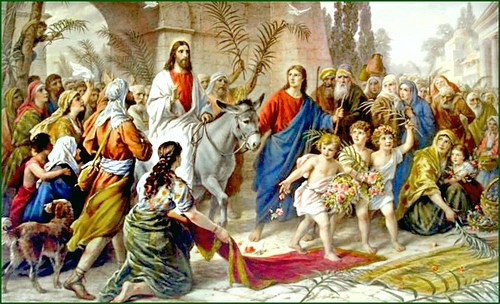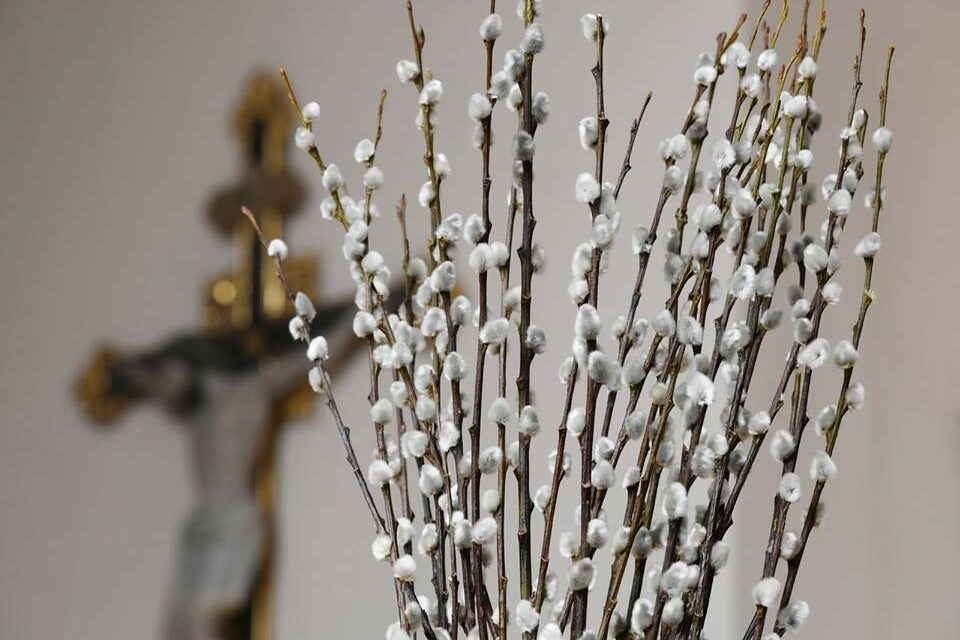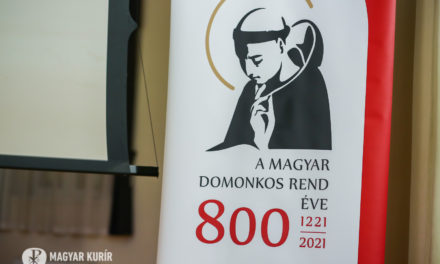The beginning of Holy Week in the Christian holiday circle. On this day, Jesus entered Jerusalem on the Sunday before his death on the cross. In ancient times, it was customary in the countries of the Middle East to cover the path of worthy persons in some way. According to all four Gospels, people gave Jesus Christ this respect. According to the apostles Matthew, Mark and Luke, they spread their outer garments on the road and cut twigs from the trees, John is the only one who reports palm branches.

Image source: actio-catholica.hu
The palm is a symbol of victory and triumph. That is why the holiday is called Palm Sunday in several languages (Dominica palmarum in Latin, Palmsonntag in German, etc.). Since there are no palm trees in most European countries, palm branches were often replaced by yew, willow or other tree branches during the celebration. For example, in the English-speaking world, the holiday is therefore also known as Yew Sunday or simply Branch Sunday.
According to the name of the Roman Catholic Church, today is Palm Sunday. Palm branch processions in the VI. from the 19th century, this palm is replaced by the barkavessző, which is consecrated by the priest before the Sunday mass and then distributed to the faithful. In the past, the people attributed the power of warding off trouble to the consecrated bark. He used it against corruption, for healing, against thunder and lightning. In the past, after the consecration, each family member would receive a barka eye for sore throat when they went home from the church.
The sanctified barca had a place under the holy image or the beam, where its ashes would be cremated on "Ash Wednesday", about a year later.
Charred bark was also used in agriculture: it was stuck in the soil of the garden to drive away worms. The sacred barka was attributed with divination, sorcerer, and anti-corruption effectiveness in animal husbandry. The landlady counted how many eyes there were on the gosling branch, because she would have so many goslings.
In some places, the traditions of collecting barka have also developed, in the XX. At the beginning of the 20th century, in Göcsej, boys gathered at school with caps on their heads, wooden swords at their sides, and girls with white wreaths in their hair. Under the guidance of the cantor teacher, they went to cut barkavesso, singing with a partner. On the way back, they brought the boat in, already singing church songs and going around the church three times.

Photo: MTI/Zsolt Czeglédi
Featured image: Magyar Kurír












